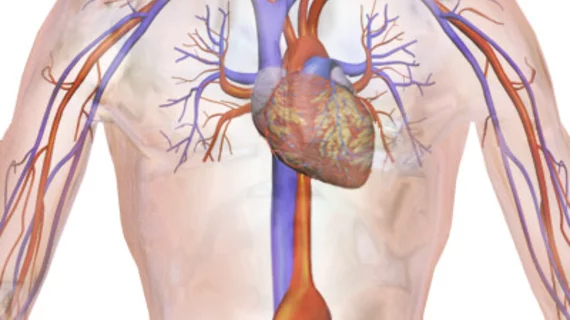Cardiologists can provide additional value by screening patients with significant coronary artery disease (CAD) for the presence of abdominal aortic aneurysms (AAA), according to new research published in Cardiology Research.
“The overall mortality of ruptured AAA is 80-90% compared with a 30-day postoperative mortality of 3% after elective surgery,” wrote first author Pravesh Vishwakarma, a cardiologist at King George’s Medical University in India, and colleagues. “Considering the huge impact of timely diagnosis and management, health organizations recommend at least one-time screening for AAA by ultrasonography for individuals aged between 65 and 75 years with history of smoking, thereby reducing AAA-related mortality rates by 50%.”
Since most patients with significant CAD undergo a transthoracic echocardiography (TTE) anyway, Vishwakarma et al. noted that it might be an effective strategy to just perform AAA screening at that same time.
To test such a strategy, the group tracked data from more than 500 CAD patients who were screened for AAA using TTE. Patients were treated at a single facility from Jan. 1 to Nov. 30, 2017. While 66.2% of patients were male, the mean patient age was 63 years old.
Overall, the cardiologists observed the presence of an AAA in 4.8% of CAD patients. The mean size was “small” at 34 mm.
Diabetes, peripheral artery disease and a family history of AAA were all confirmed as significant risk factors among the study’s patient population. Patients who presented with a history of smoking, hypertension or hyperlipidemia also faced a higher risk of AAA, but that difference was not statistically significant.
Smoking is typically “strongly linked” with a higher risk of AAA, the authors explained. They suggested that their study did not find a significant association because 68.3% of participants were smokers.
“We also found that TTE is as good as abdominal ultrasound for screening of AAA,” the authors added. “The use of TTE for patients with CAD to assess the abdominal aorta in the subcostal view was convenient and easy to perform.”
Read the full study here.

